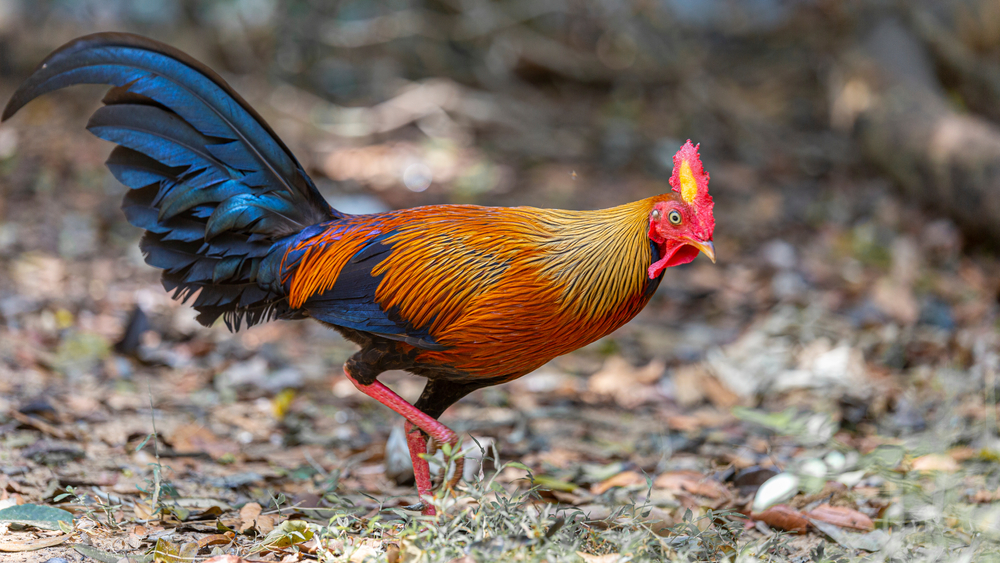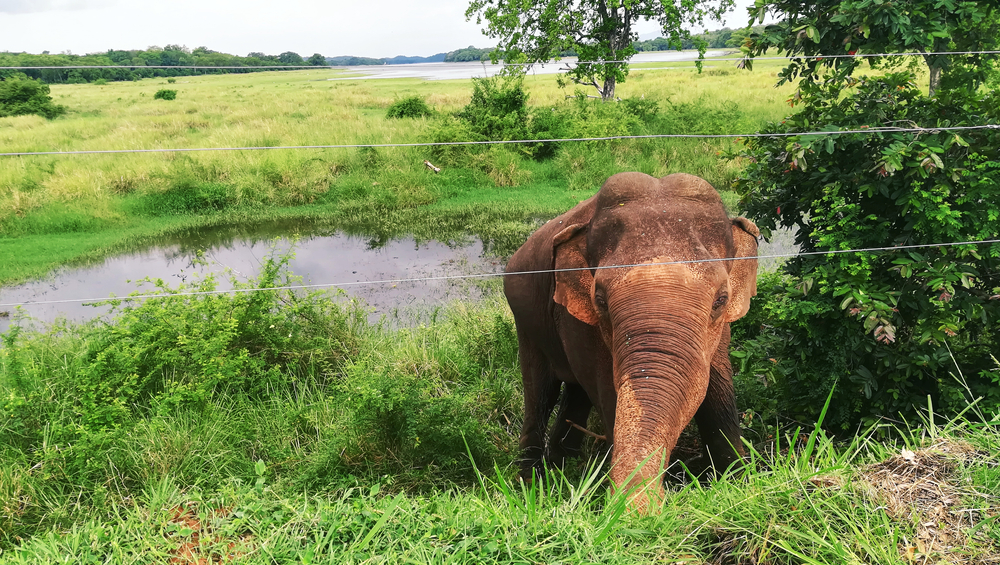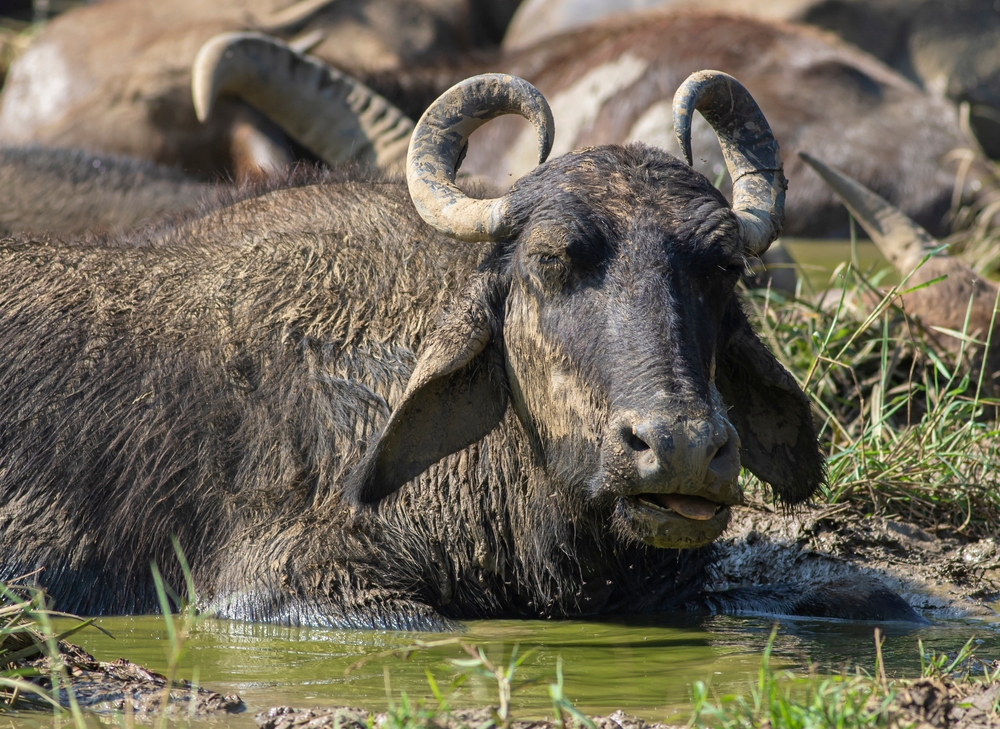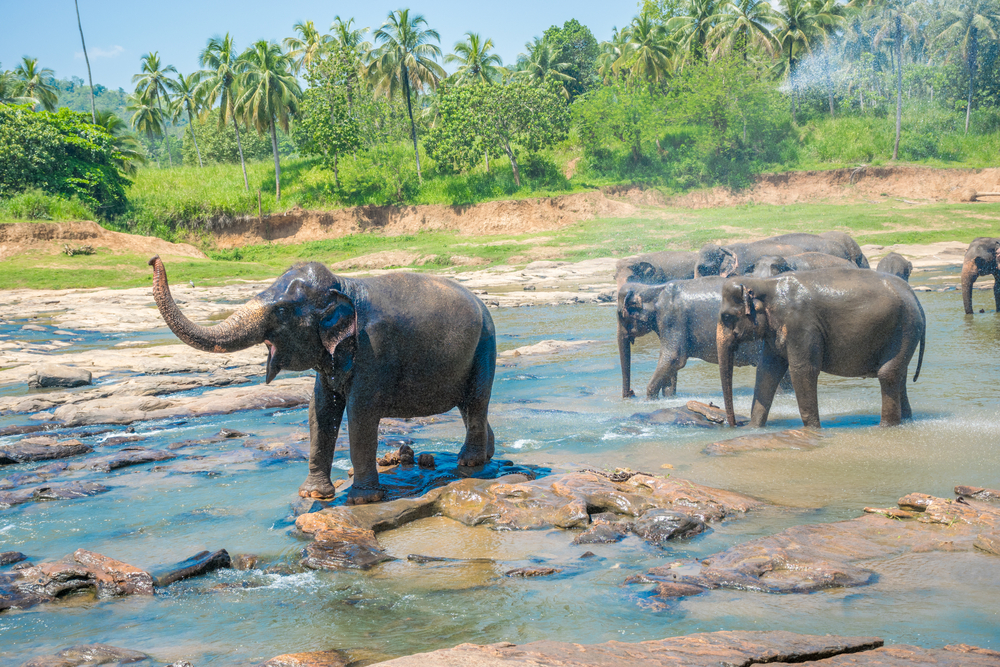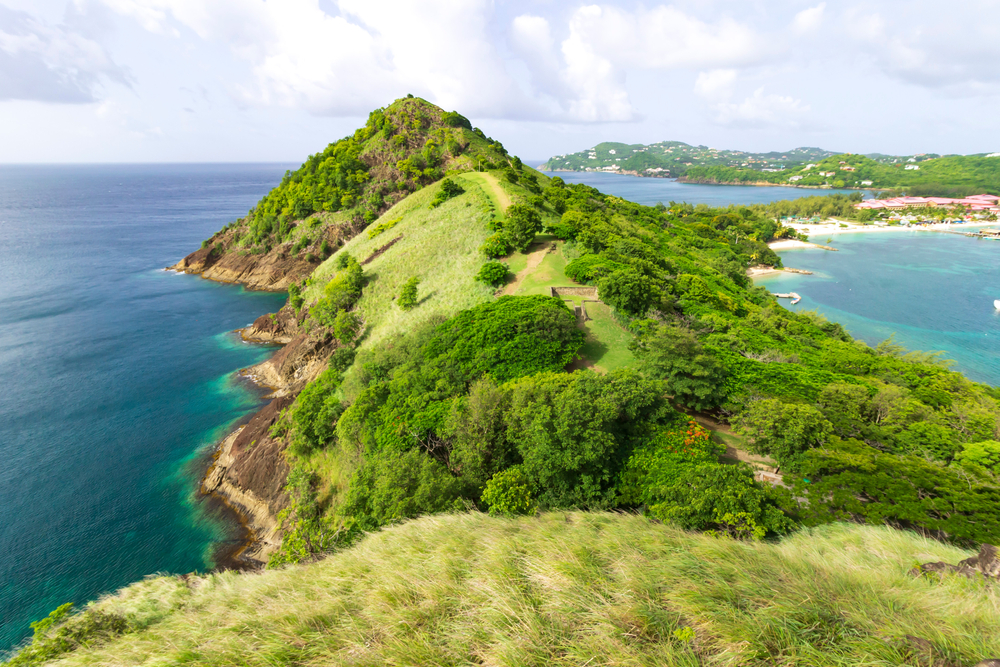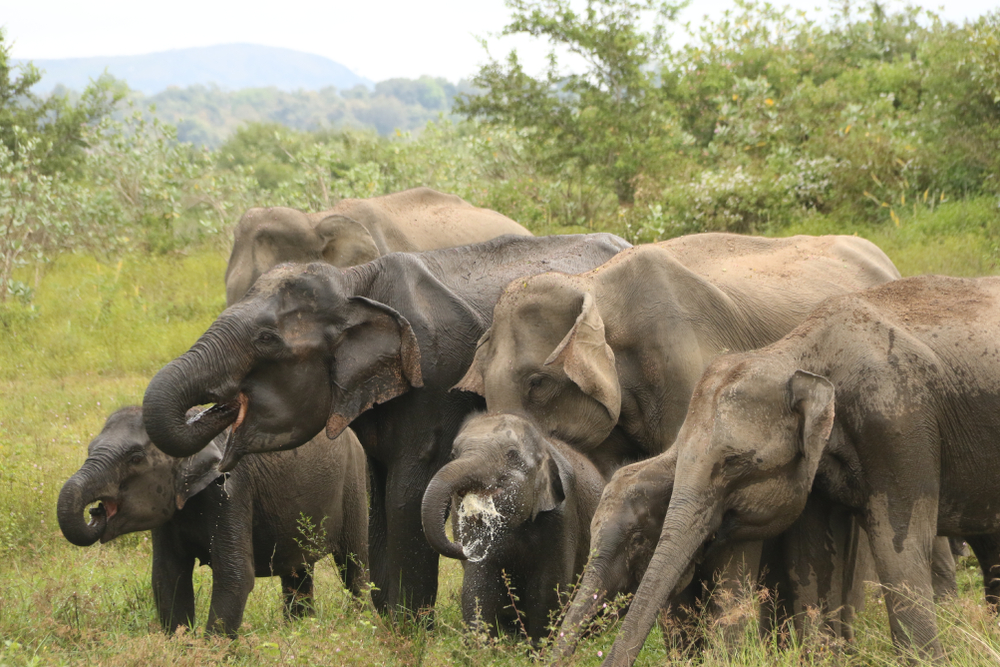Ussangoda Overview
Ussangoda National Park, locally known as උස්සන්ගොඩ ජාතික උද්යානය in Sinhala, is a small yet intriguing protected area in southern Sri Lanka. Covering approximately 1.72 square miles (4.45 square kilometers), this coastal park is renowned for its unique landscapes, cultural significance, and the mysteries surrounding its reddish soil and barren terrain. Located near Ambalantota and Tangalle, it lies adjacent to the Indian Ocean, offering stunning views of the coastline and a distinctive combination of natural beauty and historical intrigue.
The terrain of Ussangoda National Park is characterized by its strikingly barren land with a reddish hue that sets it apart from the lush greenery of Sri Lanka’s other parks. This unique soil composition is believed to result from a meteorite impact, adding a layer of scientific curiosity to its appeal. The landscape is predominantly flat, with low-lying grasslands interspersed with scrub vegetation. The park is dotted with small clusters of trees and shrubs, while its proximity to the ocean enhances the contrast between the dry land and the shimmering waters. The park also boasts scenic cliffs that provide panoramic views of the surrounding coastline and the vast expanse of the Indian Ocean.
The park is a haven for wildlife enthusiasts and birdwatchers. Although the terrain may appear arid, it supports a variety of fauna. Visitors can encounter wild boars, toque macaques, and Indian star tortoises, as well as reptiles like monitor lizards. Birdlife is abundant, with species such as the peacock, Sri Lanka junglefowl (the national bird), and various kingfishers frequently seen within the park’s boundaries. The park’s coastal location also makes it a vital habitat for marine life, including sea turtles that visit the nearby beaches for nesting.
Ussangoda is a culturally significant site in Sri Lanka, steeped in mythology and history. It is associated with the ancient epic Ramayana, believed to be the place where King Ravana landed his aircraft. The park also contains ancient burial grounds, adding an archaeological dimension to its significance. Visitors often explore these cultural landmarks alongside the natural beauty, making it a multifaceted destination.
The park offers several ways to engage with its unique environment. Visitors can enjoy walking trails that traverse the fascinating landscapes, taking in the views of the rugged terrain and the nearby ocean. The cliffs are popular spots for photography and quiet contemplation. Guided tours provide insights into the park’s geology, wildlife, and cultural history, making for an educational and immersive experience.
Conservation efforts at Ussangoda National Park are focused on protecting its unique ecosystems and preserving its cultural heritage. Challenges include mitigating the impacts of human activity, such as illegal encroachments and unregulated tourism. However, successful initiatives have included habitat restoration and awareness campaigns aimed at fostering local community involvement in conservation.








































































